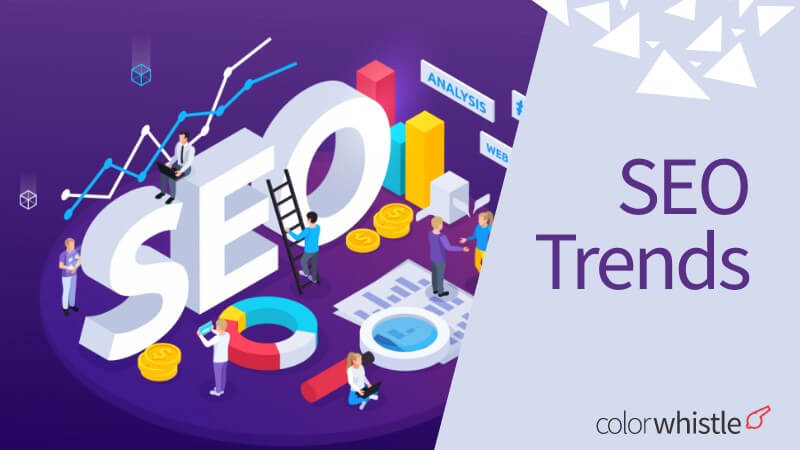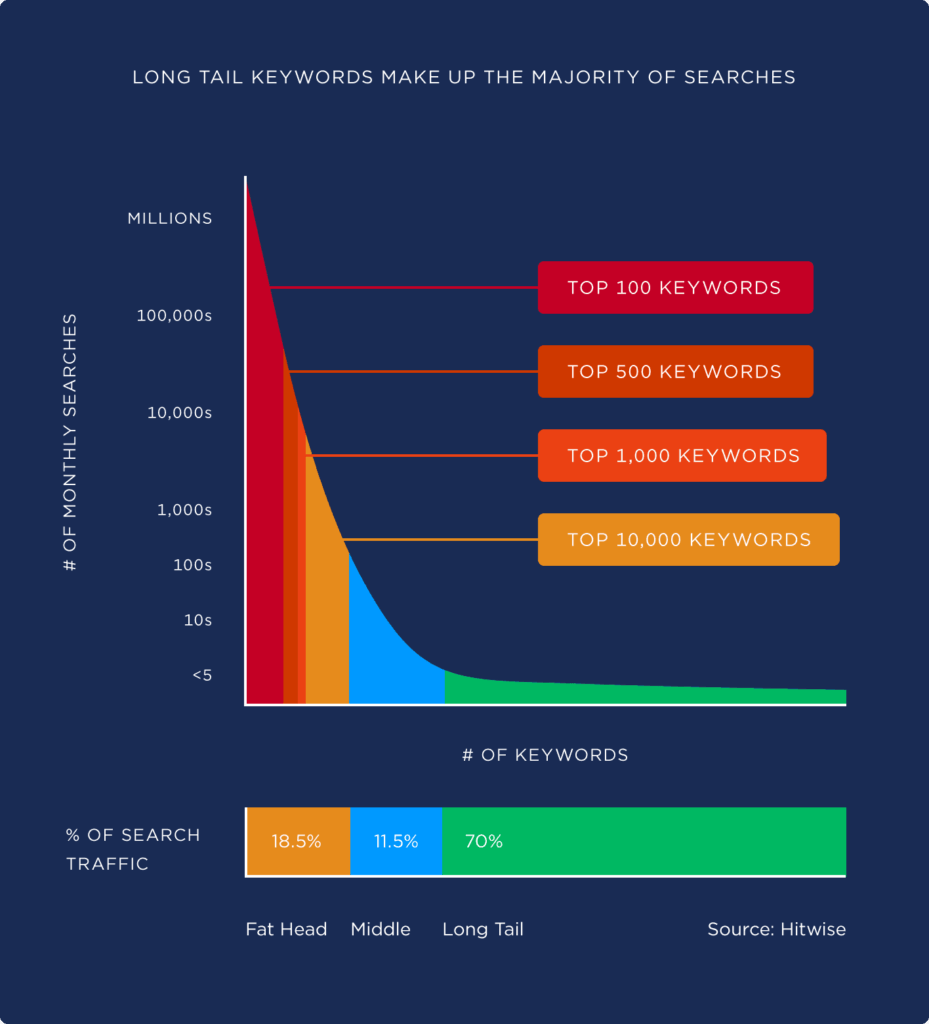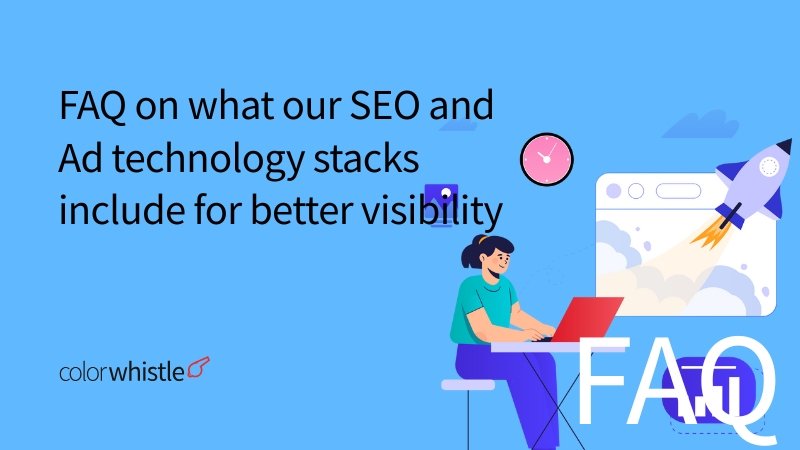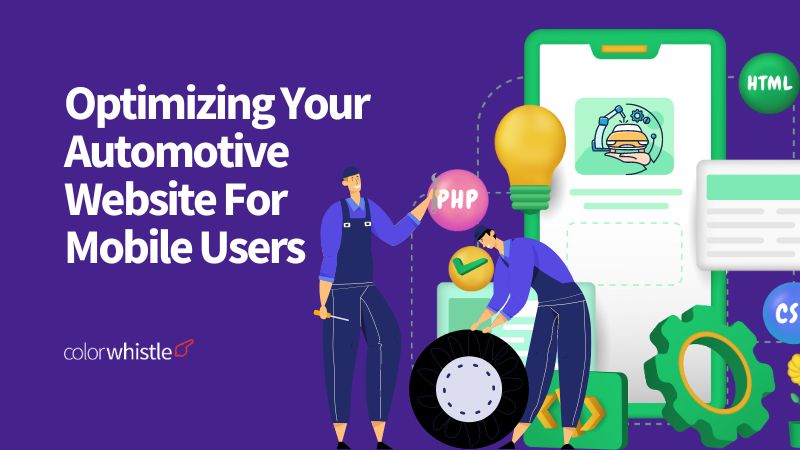As we’re stepping up into a post-COVID world, this is the right time to once again furbish your SEO strategies adapting to the new normal. The strategies we are suggesting below, are not something new to the SEO world, they’re already there but were not implemented in a drastic way.
The pandemic has unveiled all these and it’s expected to be in trends in the upcoming business activities. As we go through the trends, the areas that need to be improved can easily be spotted, otherwise, delivering satisfying results to users will be highly challenging and will make you get lost in the competition.
We’ve put together a list of SEO trends that are rolling out in the post-pandemic era to help you in the SEO optimization journey.
Let’s dive right in.
Digital Disruption
On a general note, the word ‘disruption’ means intervening in something that’s in progress, in short, a disturbance. Unlike the general term – ‘disruption’, digital disruption, of course, uproots a current process. However, this is what is going to change the mood of the game!
Disruption is very common in industries like media & entertainment, sports, fitness, food, and all others. Digital disruption is a change caused by new technologies, markets, disasters, behaviors, and trends affecting the status quo, practices, and approaches.
Digital disruption has not left the SEO industry. Watch out for these SEO trends in the aftermath of the COVID-19 pandemic.
15+ SEO Trends in Post-Pandemic
1. Google Algorithm Updates
In computer terms, ‘algorithms’ are a set of rules that are coined to complete a specific task. When it comes to Google algorithms, it’s a collection of standards & guidelines set by Google inorder to rank a website in its SERPs.
Google frequently revises its algorithms and announces new updates to provide the most relevant and satisfying results to its users, which is otherwise known as ‘Google algorithm updates.’
For example, in earlier times, ‘keywords usage’ was considered as an important ranking factor, but as people started stuffing keywords in their content merely for ranking, Google announced it as a ‘black hat SEO strategy.’
Likewise, users’ search behavior has changed during the pandemic. We’re now slowly moving into the post-COVID phase, the user intent would remain the same, though. This results in numerous algorithm updates in this post-COVID era.
Latest Google Algorithm Updates Post-pandemic
- Page experience on desktop
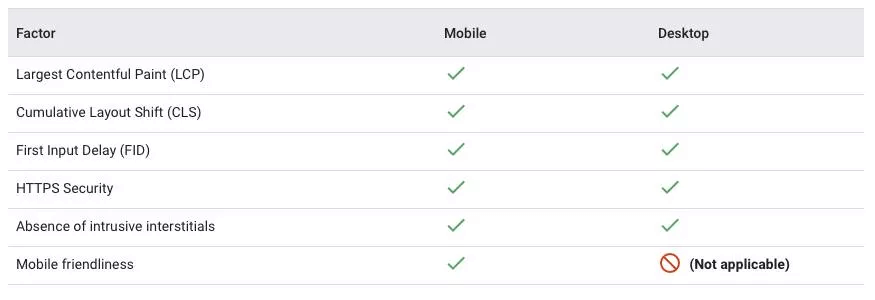
The entire Google algorithm updates history is here, do checkout if you want to explore all the updates.
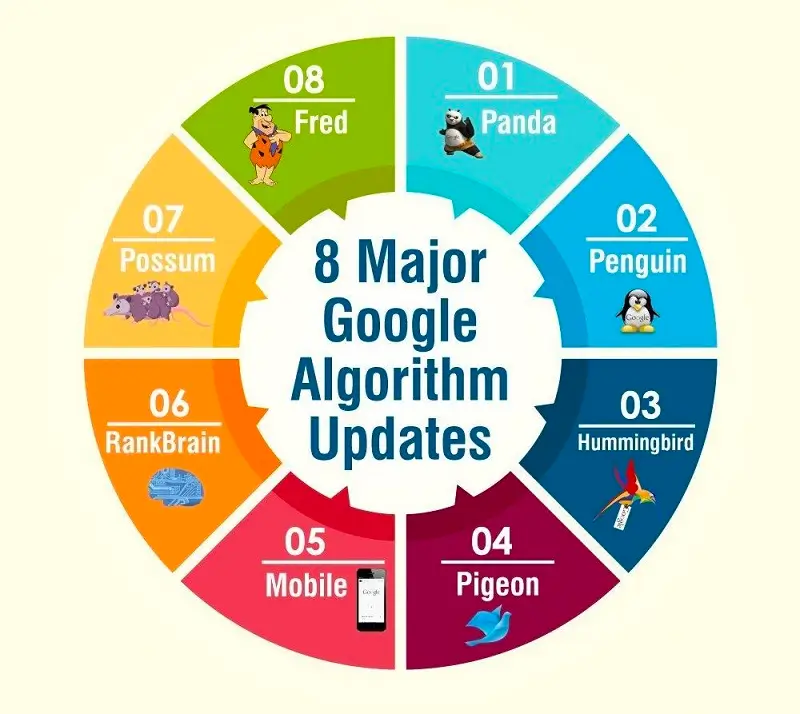
2. SEOs of Old Schools to New Trends
Ever since we started using Google the more, over a couple of decades, the SEO practices have undergone a drastic transformation. Google considers old-school SEO as black-hat SEO strategies.
Old SEO school involved practices fooling the search engines only with a mind to acquire high-ranking positions and not with an aim to educate the audience. As this ruins the user experience, Google, with the Penguin and Panda algorithm updates, any website practicing such old school SEO, announced that as low-quality or irrelevant content and penalized it.
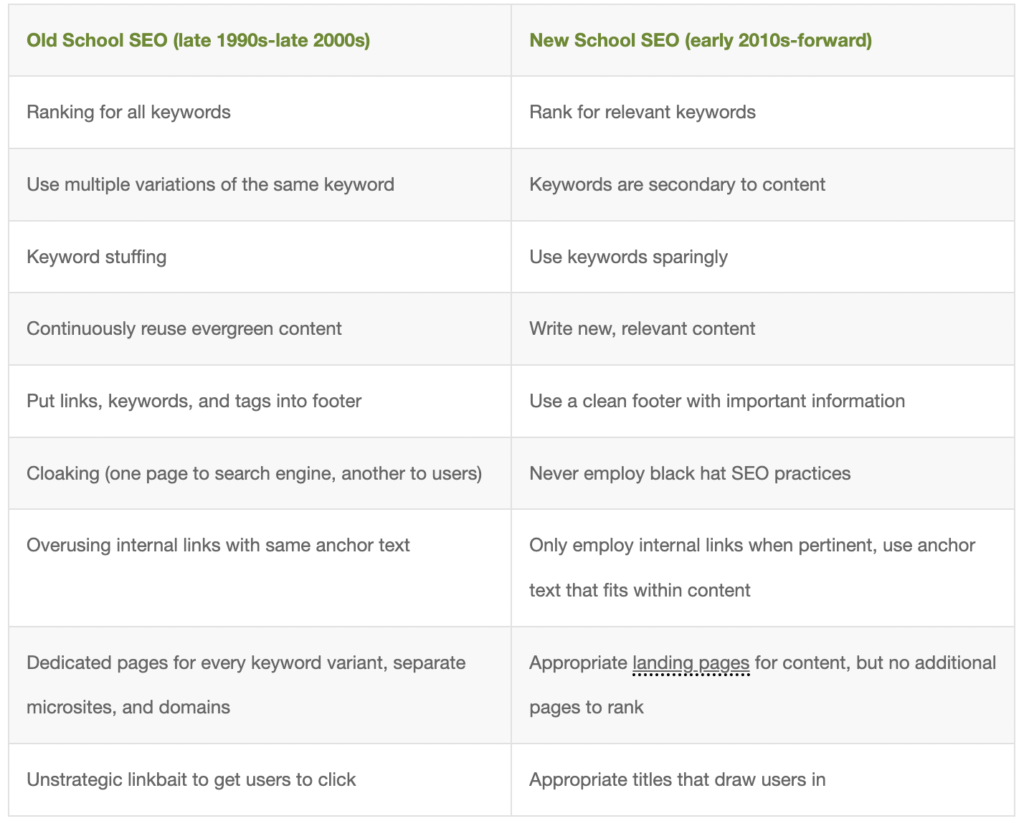
3. Google Analytics Reports
Google Analytics (GA) is a web analysis service offered by Google to track website traffic. Since its launch, it has undergone 4 versions. Currently, GA is in its 4th version.
A Google Analytics Report is a tool that helps in viewing multiple GA metrics from a single dashboard. You can create the reports using Google Analytics or Excel spreadsheets or automated marketing reporting tools.
GA report can be associated with data from your other online marketing channels. With that data insights, it’ll define which strategies are working for you and which are weak and need improvements. Further, there are numerous metrics in GA, therefore, using a GA report helps in viewing only the most important KPIs for your business.
4. Mobile-first Indexing
Did you know how Google defines mobile-first indexing?
The mobile version of the content will be given high priority while indexing and ranking. This is mainly due to the percentage of users accessing Google Search with a mobile device. People during COVID times stayed at home and mobile phones were their only crime-partner.
When it’s said mobile indexing, Google doesn’t use a separate index for mobile and desktop. Therefore, make sure your content and website are optimized both for mobile & desktop.
- Use the same content, headings, meta tags, alt text, structured data, URLs on mobile and desktop
- Optimize the load time by fixing all the lazy-loaded website content
- Make sure not to add ‘disallow’ tags that block Google from crawling the resources
- Follow the Better Ads Standards while displaying ads on mobile site
- Use quality images with high-resolution and quality
- Don’t forget to use the supported format for images/videos
- Use a fixed URL. Don’t use URLs that alter every time when the site is loaded for images/videos
- Display the video in easy-to-find positions, perhaps on the top, of your mobile site
Martin Splitt, Search Advocate at Google, in this video explains how mobile-first indexing works, what are all the challenges in mobile-first indexing, and a few tips & tricks to overcome these.
5. Local SEO
Some may confuse local SEO with SEO. Moreover, some think local SEO and SEO are just the same! No, not like that.
Local SEO is a strategy of SEO introduced mainly for ranking small businesses in the local search results. If it’s a small business local audience, then it’s good that you embrace local SEO in your digital marketing strategies.
How Does a Local SEO Work?
In local SEO, your geographical location will be taken into account, you might be aware of the term – NAP – Name, Address, Phone number. Next, the local SEO algorithms look out for local intent keywords like – ‘near me’. As COVID hindered people from traveling to far places, people used keywords like ‘near me’ more. Not only these, you’ve a lot more tactics, which when done right, can drive the more local audience into your sales funnel!
Also Read
6. Image SEO
Image SEO – it’s well understood by the name. Optimizing your images for ranking purposes. Proper usage of alt tags, appropriate captions, and well-optimized dimensions, are some of the image optimization tactics.
As it’s said – “Image can speak more than words”, therefore if you optimize your images properly, you will be able to offer a better user experience. Not only that, you can better rank for Google Images too.
Tips for Image SEO
- Choose the right file format for your image
- Compress the image size before uploading to your website
- Create original images and avoid using stock images
- If you’re copying images from third-party websites, make sure there are no copyright issues
- Give separate names to your images to inform search engine crawlers that you’d used an image
- Specify SEO-friendly ALT text
- Create a proper structure for your images
- Define the width and height of your image for browsers to allocate the required space
- Optimize your images for mobile
- Add your images to the sitemap for search engine crawlers to index your images
- Use structured data vocabulary like Schema
7. New Schema Improvements
Have you ever wondered, how Google understands your website content? Does it speak your natural language? No, right? Though it’s becoming smarter day by day, it’s just a programmed machine.
Then, how does it understand your words and the context of your words? Shall we go behind the stage to find the mystery in this regard?
Can you see the Schema markup there? Yes, inorder to help these machines understand the content on a webpage, search engines – Google, Yahoo, Bing, and Yandex came up together in 2011 and developed a vocabulary for the web, which is schema.org.
It’s with this structured data vocabulary, that the search engines better understand the information on your website and list down the most-relevant results.
Schema Markup – Nurture Your Clicks & Impressions
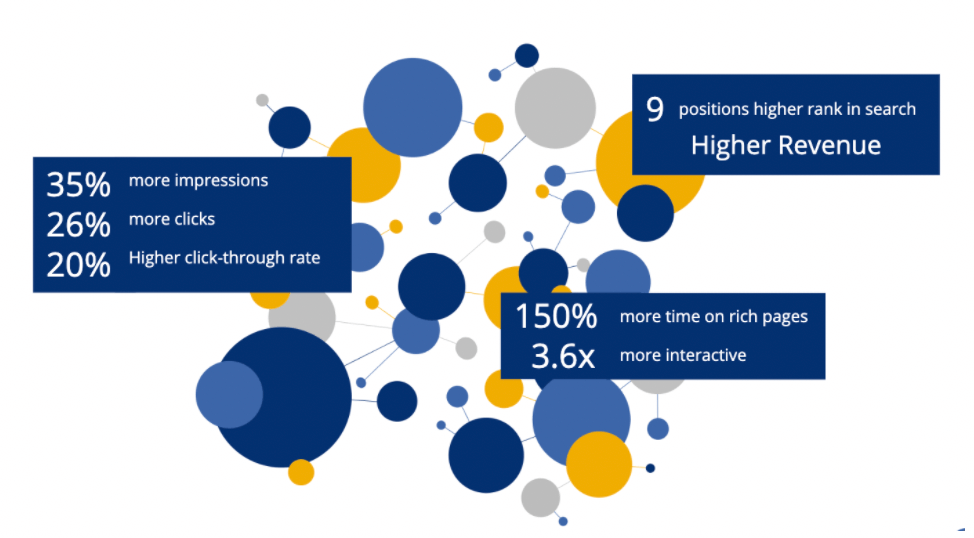
8. Niche-based Results
We’ve seen many small business owners getting frustrated – “My brand is not visible in the search results ever after optimization”. Don’t feel low, you’re not alone.
There are some products & services that belong to a small industry or are not very common but rarely fall under specific categories. To help businesses of specific niches to be in the game, ‘niche-based’ results are revolving out.
It happens why, because you might have failed to optimize your website & content for niche-based keywords. While incorporating the keywords, stand in your customer’s shoes and start thinking about what kind of keywords your audience will use to find your products. Do some basic keyword research using the Google Keyword Planner. Adhere to long-tail keywords.
9. Seasonal/Trends-based Results
Depending on the seasons and trends, your food habits, and clothing styles would all be changed, and this is something usual. But the surprise is, that even your search habits change according to times and seasons.
Seasonal SEO is a traditional/organic SEO strategy, which you can apply on your webpages, content, images, campaigns, and product promotions during specific seasons & trends.
Types of Seasonal SEO – Both come together and individually as well.
Time-based Seasonal SEO
Specifies to the traditional seasons like winter, summer, fall, spring, etc. which might prolong for a certain period of time – over a month or two or three
Events-based Seasonal SEO
Specifies to some popular events such as Christmas, Halloween, Thanksgiving, New Year’s Eve, and more which elapse in a short time
Find out the popularity of your products & services during particular seasons using
- Google Trends
- Google Search Console
- Google Keyword Planner
10. Voice Search
Before passing on this trend, we’ve a question for you – Did you type “SEO trends post-pandemic” in the search bar or used the voice search?
We guess many of your heads nod ‘yes’. You’re not the only one – in fact, 71% of web users prefer to search for information by voice instead of typing! That’s a pretty huge number. As a matter of proving this, this infographic clearly tells you during which instances and how often do people use voice search.

As you all might be aware, voice search is a technology that allows users to search for something just using voice commands. At the time of research, we found this video – Search out loud with voice search, it was super-exciting. We’re giving the link here for you also to watch it and get excited.
Since we’re adapting to the new normal gradually in this fast-driven world, consumers don’t like to wait for things to happen. And that’s the main reason for voice search fever among searchers.
11. Shopping Search
With the onset of the pandemic, all were locked in homes, avoiding physical contact and adopting a socially distancing culture. During those hard times, online shopping lent its hands.
For groceries, drugs, and all other essentials, the doors of online stores were kept open. We’re not exaggerating, in 2020 alone, over 2 billion+ buyers purchased online, and that in the same year e-retail sales surpassed $4.2 trillion globally. It’s expected that this will continue to be in trend even in the post-pandemic era.
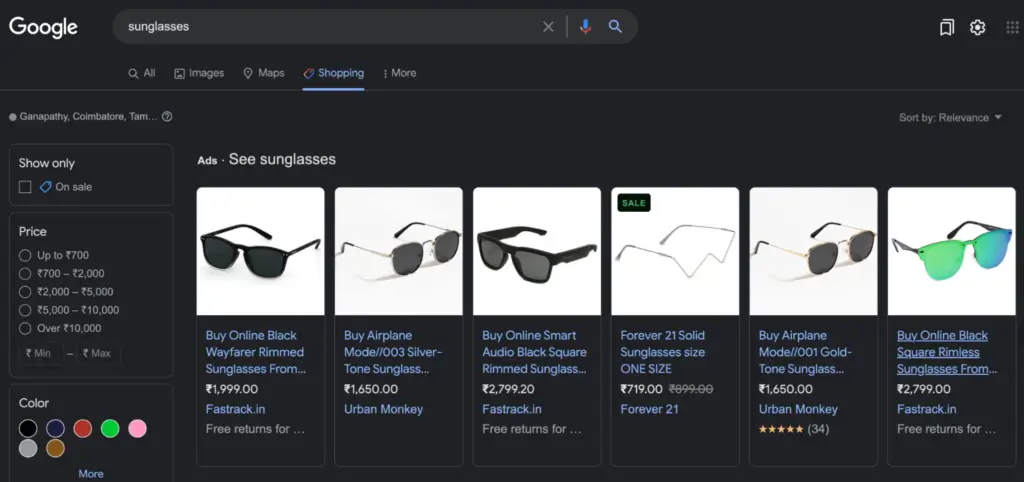
Google Shopping is a service by Google facilitating online shopping. All you’ve to do is, advertise your product on Google and when searchers find something relevant to or exactly your brand, your products will be rolled out in the list.
Also Read
12. Long-tail Keyword Phrases
Keyword optimization is not something new to the SEO world. Keywords are special phrases that searchers might use to search for something on the web. Incorporating long-tail keywords is again a smart SEO strategy to target a specific audience.
During the lockdown times, people from home, used Google search on and off for exploring COVID symptoms, precautionary methods, different recipes to cook, games to play indoor, and more like these. Look at how long-tail keywords take hold of the maximum positions in the search results from the infographic below.
Long-tail keywords will have 4+ words. You’ve plenty of keyword research tools to choose from like UberSuggest, SEMrush, Ahrefs Keyword Explorer, Google Search Console, etc.
13. Brand Query
No matter how small or big your business is, your brand is a precious asset.
Do you agree?
Yes, on that scale, the brand query is a type of query that contains your brand name. If someone searches along with the brand name, then it’s a brand query. For example,
- Pepsi no sugar variety
- Levi high rise jeans
- Puma sports shorts
In the below screenshot, you can see the specific brand name ColorWhistle with the keyword services.
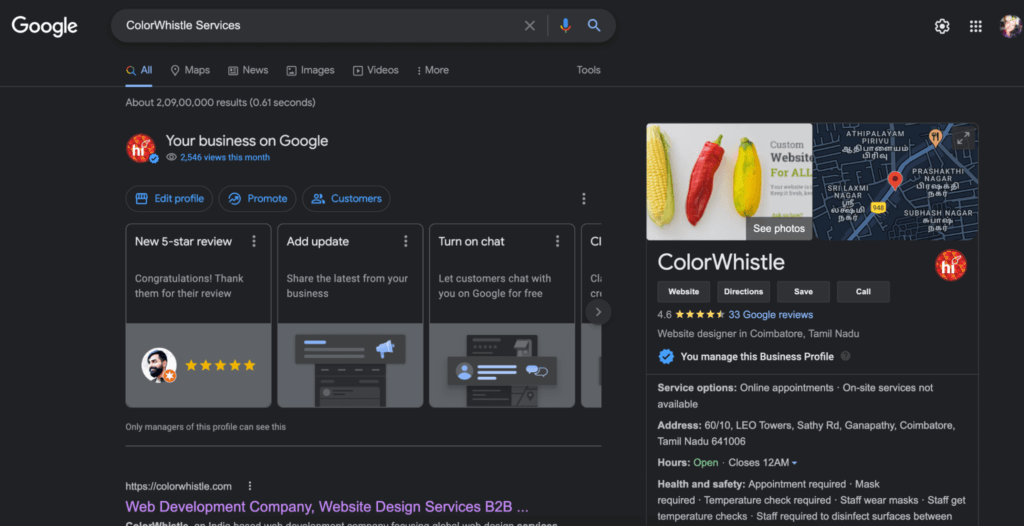
According to a study from The Evolving Path of Today’s Tech B2B Customer, it’s inferred that compared to non-branded keywords, branded keywords have over 2x higher conversion rates.
It all starts from inside. You’ve to incorporate keywords like – your brand name + product/service within your web page and content.
14. SEO Link Equity Exposure
Link equity is all about link building which is colloquially known as ‘link juice.’ It is counted as a ranking factor, as to the number of authorized links you use in your pages and links you have on authorized sites.
The authorization and reliability for your brand through link juice would be determined by various factors like the linking page’s authority, topical relevance, and HTTP status.

You can keep this below checklist in your SEO toolkit.
- Check for relevancy
- Check for authoritativeness
- Check for crawl ability
- Check for locating the links on web pages
- Check for the number of links on a single page
- Check for the URL status of the linked page
15. Core Web Vitals
Google Core Web Vitals consists of three metrics – LCP, FID, and CLS which can boost your website performance.
Largest Contentful Paint (LCP)
LCP is all about page loading performance. In simple terms, the total time your website takes to start displaying the largest element in the viewport.
First Input Delay (FID)
FID is all about interactivity or the responsiveness of the website to the user’s action. In simple terms, the total time taken by your website to respond to a user’s action.
Cumulative Layout Shift (CLS)
CLS is about the layout changes/layout shifts. In simple terms, it’s about a change in the text position or wrongly clicking a button when you are trying to click something else.
At ColorWhistle, we recently revamped our website. We planned to meet the standards of Google’s Core Web Vitals, therefore, we carefully handled the website redesign activities, and in which we also achieved it.
Are you curious to know what all we did? check out our blog “Website Redesign Journey of ColorWhistle – How We Achieved 100% Performance!” for the overview. In the case study “ColorWhistle Redesign – A Developer’s POV!“, we will walk you through the entire journey.
Looking for SEO Services?
Seize and experience the transformative impact of SEO Services & Solutions with ColorWhistle.
Over to You
Ramp up your organic traffic by applying these SEO trends in your businesses.
Hope, you find this as useful material for optimizing your SEO practices according to the post-pandemic trends. Applying these trends in your business without experience can ruin your reputation. So, handle it with utmost care!
Or, if you feel all these overwhelming, not to worry, you can collaborate with high-profile SEO consultants. At ColorWhistle, we offer comprehensive SEO packages that cater to your specific needs. We’ve 10+ years of experience in the SEO field and moreover, we’re always passionate about SEO and its trends. Our SEO team has worked with multiple clients in SEO regard.
Feel free to partner with us, drop us a message or call us at +91 (944).278.9110. SEO is not simple, it involves complexities. But we love to maintain a consultative approach to combating the challenges. Check out our homepage to explore the solutions we provide.

In quest of the Perfect SEO Services & Solutions Buddy?
Be unrestricted to click the other trendy writes under this title that suits your needs the best!
- SEO Myths that Can Give You a Laugh!
- B2B SEO Best Practices and Strategies
- Statistics & Importance of SEO in IT Service Companies
- Evolution of SEO – A Brief History
- Local SEO for Canadian Small Businesses
- SEO Guide for Laravel Websites and Applications
- Local SEO For Brands – Beyond ORM And Lead Generation!
What’s Next?
Now that you’ve had the chance to explore our blog, it’s time to take the next step and see what opportunities await!

